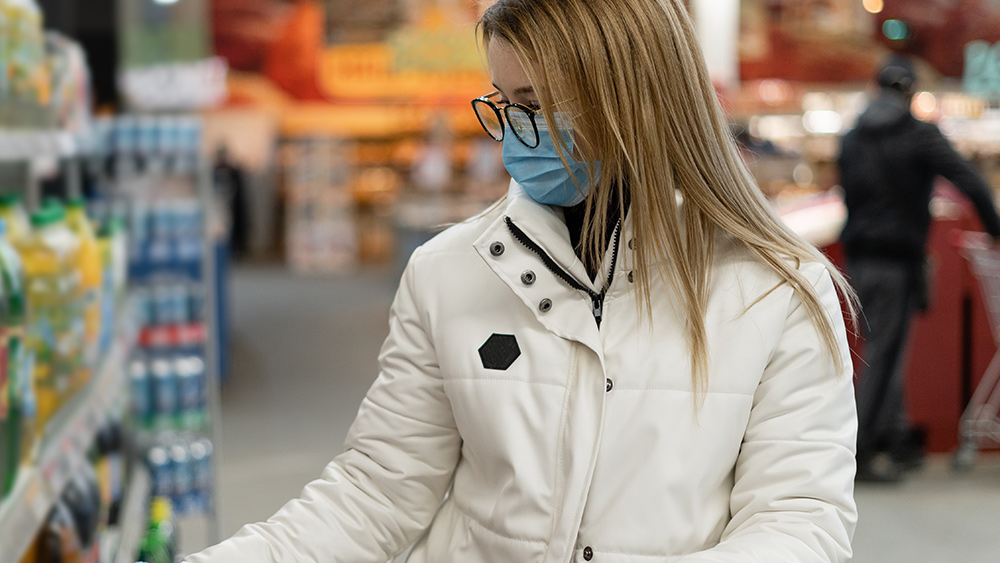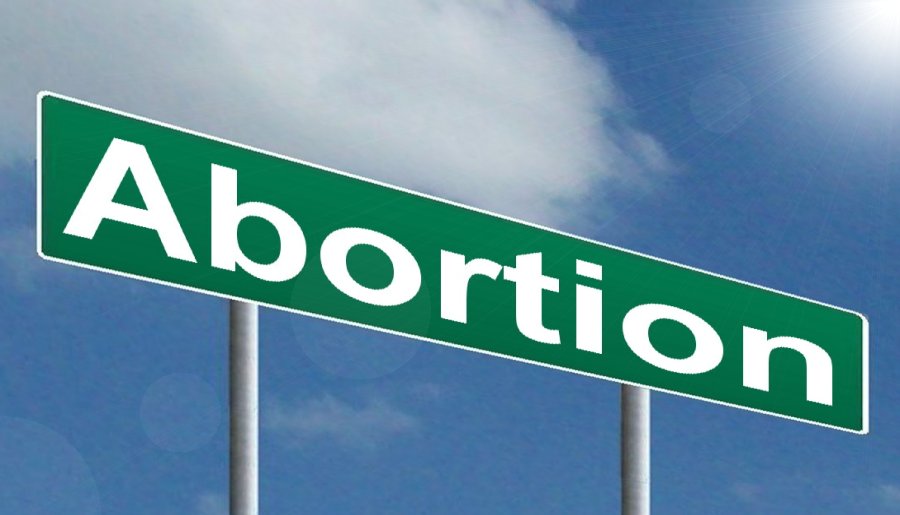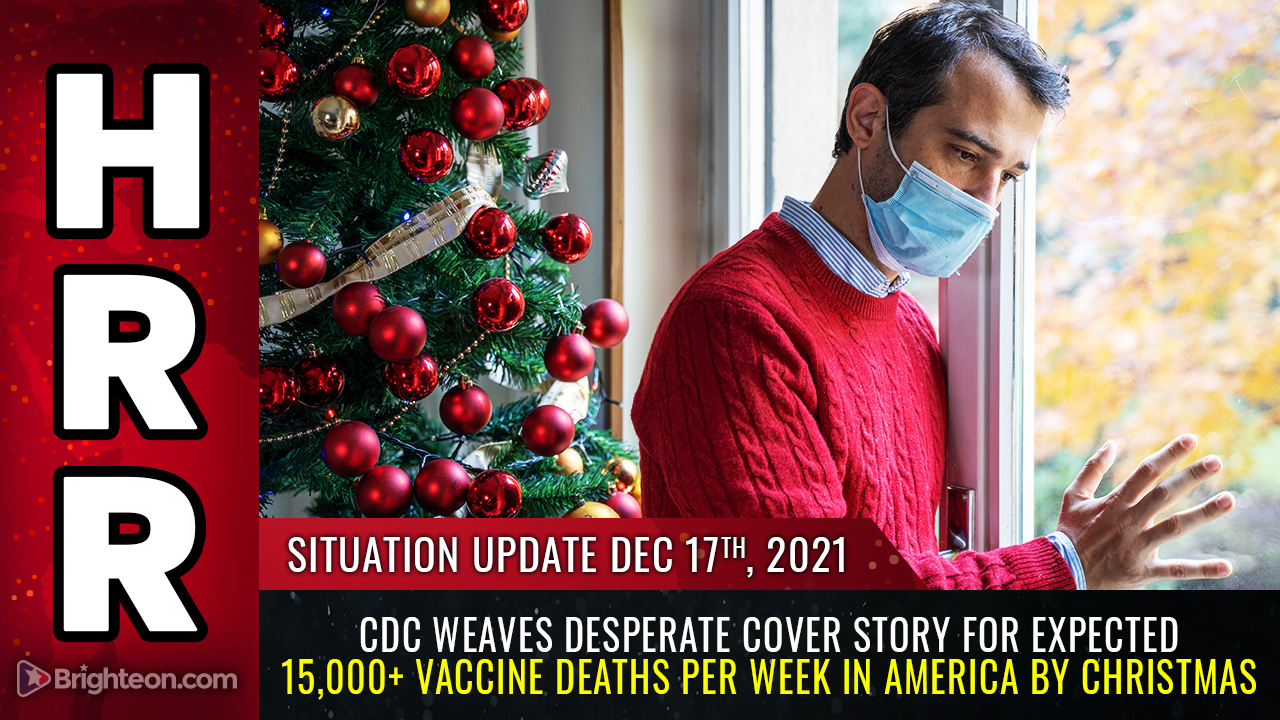Virus expert at Wuhan lab denies COVID-19 lab leak theory
07/01/2021 / By Divina Ramirez

Top Chinese virus expert Shi Zhengli has found herself once again at the center of clashing narratives about the origins of the COVID-19 pandemic because of her extensive work on bat coronaviruses at the Wuhan Institute of Virology (WIV), according to a report from The New York Times.
In 2020, former President Donald Trump and several officials within his administration entertained the possibility that SARS-CoV-2, the virus that causes COVID-19, escaped from a laboratory in Wuhan.
Scientists dismissed the idea, dubbed the “lab leak theory,” as implausible due to lack of evidence. But scrutiny from the Biden administration and calls for a proper investigation from scientists brought it back to the fore.
Chinese virus expert denies accusations that SARS-CoV-2 escaped her laboratory
There is still no direct evidence to support the lab leak theory due to China’s refusal to allow an investigation of the WIV. However, more scientists now believe that the theory was dismissed too hastily last year.
Experts are now calling into question why Shi was studying bat coronaviruses in the first place, especially since some of her previously published scientific papers made mention of strains of bat coronaviruses that resembled SARS-CoV-2 several years prior.
Others think Shi experimenting with the viruses was risky, citing a recently declassified intelligence report that revealed three scientists working at the WIV became sick and developed symptoms that were consistent with both COVID-19 and common seasonal illness in November 2019, just one month before the first known case of COVID-19 was detected in Wuhan.

In January, the World Health Organization (WHO) sent a team of scientists to Wuhan to look into the WIV. Shi told those scientists that staff in her laboratory tested negative for COVID-19 antibodies. She also said there was no staff turnover on the coronavirus team.
Shi has repeatedly denied the accusations that SARS-CoV-2 escaped from her laboratory and defended its reputation.
In a phone interview with The New York Times, Shi said she preferred not to speak directly with reporters, citing WIV policies. But it was evident she could barely contain her frustration over the lab leak theory.
“How on earth can I offer up evidence for something where there is no evidence?” Shi said. She later sent a text message saying she doesn’t know why the world has resorted to “pouring filth on an innocent scientist.”
In an email, Shi said the suspicions were baseless and slammed the “allegations” that some of her colleagues at the WIV became ill just before the outbreak emerged. Shi also denied that her laboratory had samples of SARS-CoV-2 before the outbreak emerged.
“I’m sure that I did nothing wrong,” Shi wrote to The New York Times. “So I have nothing to fear.”
However, China’s staunch refusal to allow independent investigations into the WIV has made it incredibly difficult to validate Shi’s claims. In fact, it has only fueled suspicions about the possible roles that the WIV, Shi, her colleagues and, ultimately, China, may have played in bringing about the pandemic. (Related: Health experts call for “intensive investigations” into coronavirus lab-leak theory.)
The Chinese government has shown no signs of holding Shi under suspicion despite international scrutiny. Shi seems to have been able to continue her work at the WIV and give lectures there as well.
Previous studies show WIV scientists knew of a coronavirus that was similar to SARS-CoV-2
Shi has been studying coronaviruses for more than a decade. Her work began in 2004, when she sought to look for the source of a 2002 outbreak of the novel severe acute respiratory syndrome (SARS) coronavirus. The outbreak was first identified in the city of Foshan in Southern China.
The outbreak resulted in the deaths of 774 people worldwide, prompting experts to investigate its origins. They found that the novel coronavirus spread from bats to civets to humans.
In 2004, Shi joined an international team of researchers to collect samples from bats in Southern China. Those samples were sent to the WIV for further analysis.
In 2005, Shi and her colleagues published an article establishing that bats were natural reservoirs of SARS-like coronaviruses. From 2007 to 2012, Shi and her colleagues conducted several experiments on coronaviruses funded by the Chinese Academy of Sciences.
From 2011 to 2012, in particular, they conducted a study on horseshoe bats in Shitou Cave in Yunnan Province. In 2012, six miners entered a mineshaft in Yunnan, about 200 miles away from Shitou Cave, to remove bat dung. They all became seriously ill with a pneumonia-like disease. Three of them eventually died.
All of the reports at the time stated that the mineshaft was abandoned. But none of the reports mentioned why the miners were there to clean the mineshaft in the first place. Since Shi and her colleagues were working in the same province, they collected samples from the bats in the abandoned mineshaft.
A virus believed to have come from one of those samples was later revealed to be the closest match to SARS-CoV-2. They named the virus RaBtCoV/4991.
In a 2016 article, they acknowledged that they were working on coronaviruses sampled from bats in the now-abandoned mineshaft from 2012 to 2013. They also said they obtained RaBtCoV/4991 from 276 bat fecal probes sampled in that mineshaft.
Shi eventually renamed this virus “RaTG13” in February 2020, when she and her colleagues published an article stating that WIV scientists had “a close match” of the virus that causes COVID-19. They identified it as RaTG13, a name that hasn’t appeared in any of their previously published articles on bat coronaviruses. They were also vague about the virus’s origins, saying they detected it in horseshoe bats from Yunnan Province.
By looking at genome sequences of coronaviruses from Chinese databases, independent scientists found out that RaTG13 was actually RaBtCoV/4991.
In their February article, Shi and her colleagues also said the outbreak started from a “local seafood market.” Overall, Shi’s previously published articles detailing her years-long work on bat coronaviruses make it clear that she has, at the very least, quietly kept the closest known relative to SARS-CoV-2 in her laboratory for years and has yet to address the true origins of that virus.
Pandemic.news has more articles on the theories surrounding the origins of COVID-19.
Sources include:
Tagged Under: China, conspiracy, coronavirus, Coronavirus pandemic, Cover-Up, covid-19, COVID-19 origins, deception, lab-leak theory, lies, science deception, Wuhan Institute of Virology





















